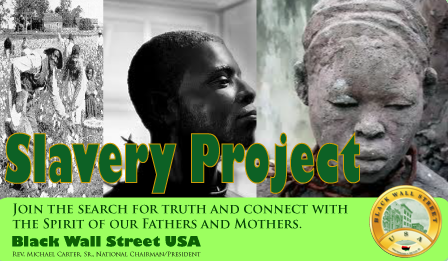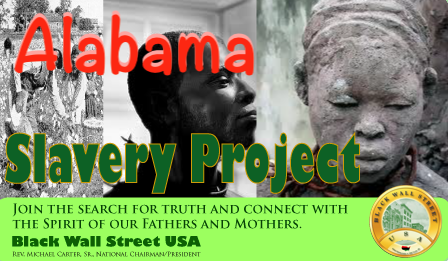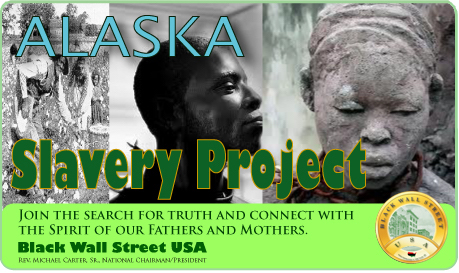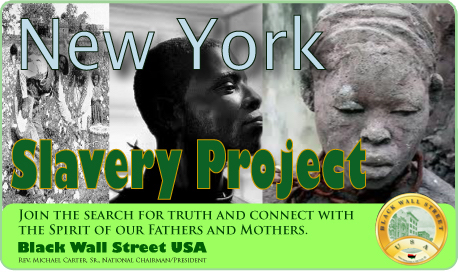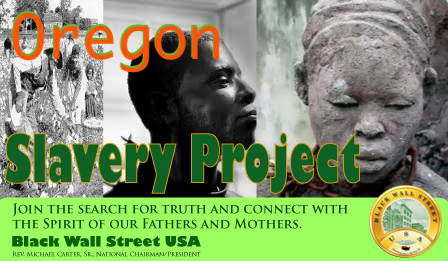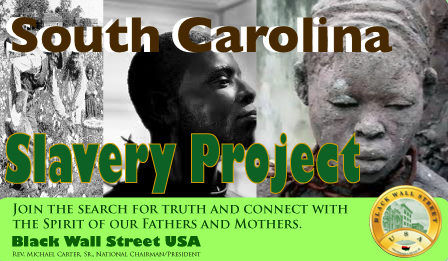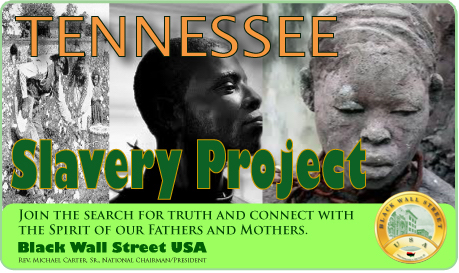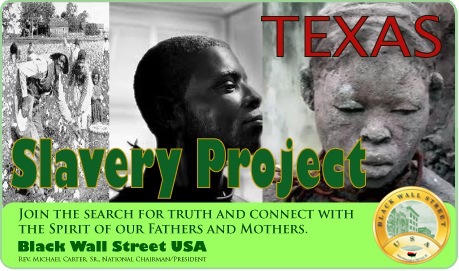From its earliest confrontations over free soil and bondage to its complex modern legacy, Kansas stands as one of the most pivotal yet often overlooked battlegrounds in the story of American slavery. Long before its admission to the Union in 1861, the land that would become Kansas was entangled in debates and conflicts that exposed the fragility and moral rot of a nation divided over human enslavement. Though Kansas is often remembered as a Free State, the full story of its entanglement in slavery reveals a layered reality of economic entrenchment, violence, and complicity that continues to shape the racial and economic landscape today.
The territory’s formation amid escalating sectional tensions, the Border Wars, and the infamous phrase “Bleeding Kansas” did not signal moral purity but rather a harrowing site of resistance, compromise, and violent assertion of power, as both proslavery and antislavery forces fought to determine not just the fate of Kansas, but the soul of America.
When the United States purchased the Louisiana Territory in 1803, the lands that would eventually become Kansas entered a new chapter of colonization and displacement. Prior to European-American settlement, the land was inhabited by Indigenous nations such as the Kansa (Kaw), Osage, Pawnee, and others. Though slavery had not taken root in the form it did in the American South, the Indigenous peoples themselves had longstanding traditions of captivity, although radically different from chattel slavery.
By the early 19th century, American settlers moved westward with the belief in Manifest Destiny and the notion that these lands were preordained for white American civilization. In 1820, the Missouri Compromise attempted to stabilize tensions by designating Kansas as a free territory, yet this was disrupted by the Kansas-Nebraska Act of 1854, which introduced popular sovereignty—allowing settlers to vote on whether to allow slavery.
This act of legislative compromise unleashed a flood of settlers from both sides of the ideological divide. Proslavery Missourians, often referred to as “Border Ruffians,” crossed into Kansas to influence elections and intimidate abolitionist settlers. Conversely, Free-Soilers and abolitionists from New England and Ohio, supported by the New England Emigrant Aid Company, arrived with the explicit goal of ensuring Kansas remained free.
The result was chaos, bloodshed, and civil war in microcosm. During this period, Kansas witnessed some of the most notorious acts of pre-Civil War violence. In 1856, the Sack of Lawrence saw proslavery forces burn buildings and destroy printing presses in the antislavery town. In retaliation, abolitionist John Brown led the Pottawatomie Massacre, killing five proslavery settlers. This tit-for-tat violence underscored the moral intensity of the slavery question and Kansas’s symbolic place in the national psyche.

While Kansas officially entered the Union as a free state in 1861, slavery did exist in various forms prior to that date. Wealthy settlers from Missouri brought enslaved people into Kansas Territory, especially along its eastern borders, and enslaved Black men and women were forced to perform domestic labor, farming, and other menial tasks. The 1855 Kansas Territorial Legislature, heavily influenced by proslavery forces, even passed laws criminalizing criticism of slavery and empowering slaveholders to recapture fugitive slaves. These laws were later repealed by Free State legislators, but they revealed the extent to which the territory oscillated between extremes.
Enslaved people in Kansas lived under the ever-present threat of violence, separation, and death, just as they did throughout the South. Slave narratives and oral histories from Kansas are fewer in number compared to Deep South states, yet those that survive paint a harrowing picture of isolation, resistance, and endurance. One such account is that of Margaret "Maggie" Nichols, whose parents were enslaved in eastern Kansas prior to 1861.
In a narrative passed down through her grandchildren, Maggie recounted how her father was rented out to a proslavery judge while her mother cooked in the judge’s household. The family was nearly separated permanently when an antislavery militia raided the area and encouraged enslaved people to flee north. Stories like Maggie’s remind us that Kansas’s identity as a Free State did not mean freedom was easily won or universally respected.
During and after the Civil War, Kansas became a destination for newly freed Black Americans seeking land, opportunity, and freedom from racial terror in the South. This migration, known as the Exoduster movement, peaked in the late 1870s and saw thousands of African Americans move to Kansas, particularly to counties like Nicodemus in Graham County. Nicodemus stands as the most famous Black settlement in Kansas, founded in 1877 by formerly enslaved people from Kentucky. It represented the dream of self-governance, land ownership, and economic independence, but harsh winters, lack of infrastructure, and racial discrimination limited its success. Yet it remains a testament to Black resilience and vision in the face of systemic exclusion.
Kansas’s economic entanglement in the slavery industrial complex is evident in its banks, railroads, and agricultural enterprises, many of which were funded or supported by capital originating from slave economies. Railroads like the Atchison, Topeka and Santa Fe Railway benefited indirectly from slave labor, as many Southern investors held shares in the company, and enslaved labor had helped produce the timber and iron used in rail expansion. Moreover, the shipping of cotton, tobacco, and other slave-produced goods across Kansas rail lines reinforced a supply chain that enriched Kansas businesses even after emancipation. These enterprises laid the groundwork for modern corporations, some of which have evolved into multinational entities that still profit from land and capital accumulated during slavery and its aftermath.
Today, some white-owned corporations that trace their lineage to 19th-century banks, insurance companies, and agricultural firms in Kansas are benefiting from generational wealth accumulated during and after the slave period. Companies like Kansas-based Koch Industries, though not directly tied to antebellum slavery, operate within a capitalist framework deeply shaped by the original sin of American slavery. Land ownership disparities, banking discrimination, and corporate monopolies in Kansas perpetuate wealth gaps rooted in a history of exclusion and exploitation. These companies often rely on logistical networks and capital markets originally built to sustain and expand the slave economy. Efforts to track these financial legacies, such as those by the Reparations Movement and academic institutions, have begun to uncover the enduring fingerprints of slavery on Kansas’s economic infrastructure.
The Freedmen’s Bureau, formally known as the Bureau of Refugees, Freedmen, and Abandoned Lands, operated briefly in Kansas after the Civil War, tasked with assisting freedmen in transitioning to freedom. While Kansas’s status as a Free State meant the Bureau’s presence was less pronounced than in Deep South states, it did establish schools, legal aid centers, and land distribution programs.
The Bureau helped settle disputes between formerly enslaved people and white employers, promoted Black education, and attempted to mediate the hostility that greeted Black migrants from the South. However, funding shortfalls, political sabotage, and white supremacist violence hindered its efforts. Despite this, the Bureau laid the groundwork for educational institutions that later nurtured Black leadership and political engagement in Kansas.
Among the most notable Black abolitionists and civil rights pioneers in Kansas was Charles Henry Langston, who settled in Lawrence after a life of activism in Ohio. A brother of John Mercer Langston and the grandfather of poet Langston Hughes, Charles Langston was a fierce advocate for Black voting rights, education, and land access. He was involved in organizing communities to resist the Black Codes and to build mutual aid societies that helped Black families navigate the hostile postbellum economy. His speeches and writings emphasized dignity, self-determination, and political organization, principles that resonated for generations of Black Kansans.
Another important figure was Clarina Nichols, a white abolitionist and feminist who settled in Kansas Territory and worked closely with Black communities. Though white, Nichols advocated for the full citizenship of African Americans and women, and she provided shelter and support to formerly enslaved people during the Bleeding Kansas era. Her activism reminds us of the interracial alliances, however imperfect, that helped advance the cause of freedom in Kansas.
The legacy of slavery in Kansas also manifests in the state’s educational system, housing segregation, and policing practices. Redlining, which was federally sanctioned through the Home Owners’ Loan Corporation in the 1930s, denied Black Kansans access to mortgages and suburban development. Neighborhoods in Topeka, Wichita, and Kansas City were rigidly segregated, leading to underfunded schools and crumbling infrastructure in Black communities. The landmark 1954 Brown v. Board of Education case, which originated in Topeka, Kansas, challenged this structural inequality and catalyzed the modern Civil Rights Movement. Though the case is often framed as a national milestone, it was deeply rooted in the specific injustices faced by Black families in Kansas who were denied equal access to public education.
The post-Brown era did not end racial disparities. Urban renewal projects in the 1960s and 1970s destroyed historically Black neighborhoods under the guise of development, displacing thousands and enriching white developers and city planners. These acts of economic and spatial violence mirror the earlier land thefts and broken promises experienced by Black Exodusters. Today, Black Kansans continue to face disproportionate rates of poverty, incarceration, and unemployment, not as isolated failures but as symptoms of a slavery-born system that has morphed rather than vanished.

Civil rights laborers such as Alvin Sykes, a Kansas City-born activist who used legal strategies to reopen civil rights cold cases, remind us that the fight for justice is ongoing. Sykes, who never attended college yet educated himself in law, successfully lobbied Congress to pass the Emmett Till Unsolved Civil Rights Crime Act. His work, like that of Langston, Nichols, and Brown, represents the continuation of a centuries-long struggle against racial injustice. These individuals did not merely fight the remnants of slavery—they fought the modern forms it assumed through laws, institutions, and cultural denial.
The story of Kansas and slavery is thus not one of purity but of paradox. It is a state founded in conflict, shaped by resistance, and still grappling with the long shadow of slavery. Its fields once bore the footprints of enslaved laborers, its towns were battlefields of moral conviction, and its legal codes were sites of both oppression and liberation. Today, the economic fruits of that era are still harvested, albeit in new forms, by corporations and institutions that have rarely acknowledged their debt to the past.
To reckon with Kansas’s legacy of slavery is not simply to recount its history but to interrogate its present. The wealth gap between Black and white Kansans, the racial disparities in policing, education, and healthcare, and the continued absence of reparative justice all trace back to the institution of slavery and its evolution through systems like sharecropping, convict leasing, segregation, and mass incarceration. Kansas’s moral position as a Free State must therefore be re-examined not as an endpoint of righteousness but as the beginning of a complicated, unfinished journey toward justice.
True remembrance requires material action—land return, wealth redistribution, truth commissions, and educational reform that does not shy away from the ugly truths of the past. Only then can Kansas move from a state remembered for its fight over slavery to one that finally redeems that struggle through equity, healing, and repair. Until that day, the ghosts of those enslaved on Kansas soil and those who fled to it for hope will remain unsettled, waiting not merely for recognition, but for justice.

